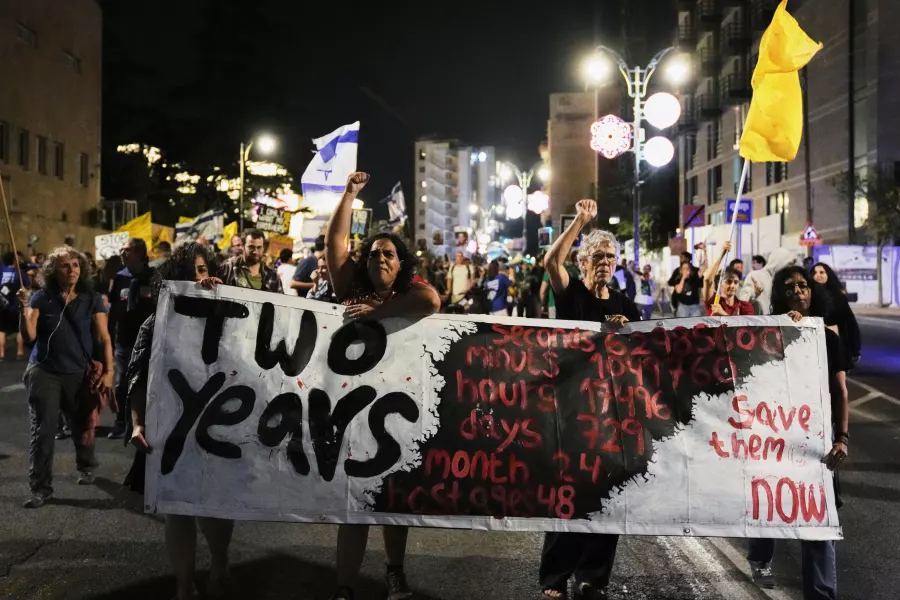For weeks, people in Gaza and Israel watched and waited.
Buildings lay in ruins, hospitals overflowed, and families counted the missing.
Then, on October 9, 2025, a new turning point arrived: leaders announced Gaza ceasefire “first phase” between Israel and Hamas, a deal that raised hope after years of fighting and heavy loss.
Gaza Ceasefire Comes with Liberty
The agreement reads like a slow and careful bargain.
At its heart are two human bargains: the release of hostages held in Gaza, and the release of Palestinian prisoners held by Israel.
Under the first-phase plan, hundreds, in some reports up to 1,700 Palestinians, are expected to be released quickly as part of a staged prisoner exchange.
While Israel would pull back troops to defined lines.
International mediators — including the United States, Egypt, Qatar and Turkey, were helping to shape and guarantee the terms.
Why Gaza Peace Agreement Matters is Simple: the Human Cost.
Reports say the war has killed tens of thousands and left Gaza’s infrastructure devastated.
Some outlets place the death toll well into the tens of thousands — figures that underline the urgency behind the negotiations and the public relief after the announcement.
How was Gaza Ceasefire Deal Made? the Story is One of Back-and-Forth Diplomacy.
Quiet talks in regional capitals, pressure from powerful states, and long days of negotiation produced a multi-stage plan.
Mediators moved between leaders, translated demands into compromise, and tied the truce to concrete steps: phased prisoner releases, an Israeli redeployment, and guarantees for humanitarian access.
The United States played a prominent role in presenting and pushing the plan during intense talks held in Egypt’s Red Sea resort.
Still, Gaza ceasefire is fragile.
Past pauses have been broken before.
History Casts a Long Shadow
Earlier agreements reached in January 2025 had held for only weeks before violence resumed.
Those earlier pauses showed how quickly a truce can unravel when parties disagree over details like timelines, verification, and the full release of hostages.
Observers warn that verification, monitoring, and support for rebuilding will be essential if this pause is to last.
What is the Impact of Gaza Peace Deal?
For ordinary people in Gaza and Israel, the deal brings a mix of relief and caution.
Families reunited with hostages will celebrate; others will wait to see if aid actually reaches hospitals, if electricity and water return, and if schools can reopen.
For the wider region, the agreement opens a small diplomatic window — a chance for reconstruction talks, for humanitarian corridors, and for deeper negotiations that could try to prevent future rounds of bloodshed.
The coming days will test whether words on paper become safe streets and rebuilt homes.
The international community has pledged help, but the work of turning a ceasefire into lasting calm will need eyes on the ground, impartial monitors, and political will on all sides.
Gaza War Timeline: Key Dates to Remember
- May 31, 2024 – Early international proposals for a multi-phase plan are drafted and presented by mediators.
- January 17–19, 2025 – A major ceasefire and hostage-prisoner exchange goes into effect in mid-January; rounds of exchanges and pauses follow.
- March 18, 2025 – The January truce collapses after surprise strikes; heavy fighting resumes.
- October 9, 2025 – U.S. and regional mediators announce a “first phase” ceasefire agreement between Israel and Hamas, including staged hostage and prisoner exchanges and a planned Israeli troop redeployment.


